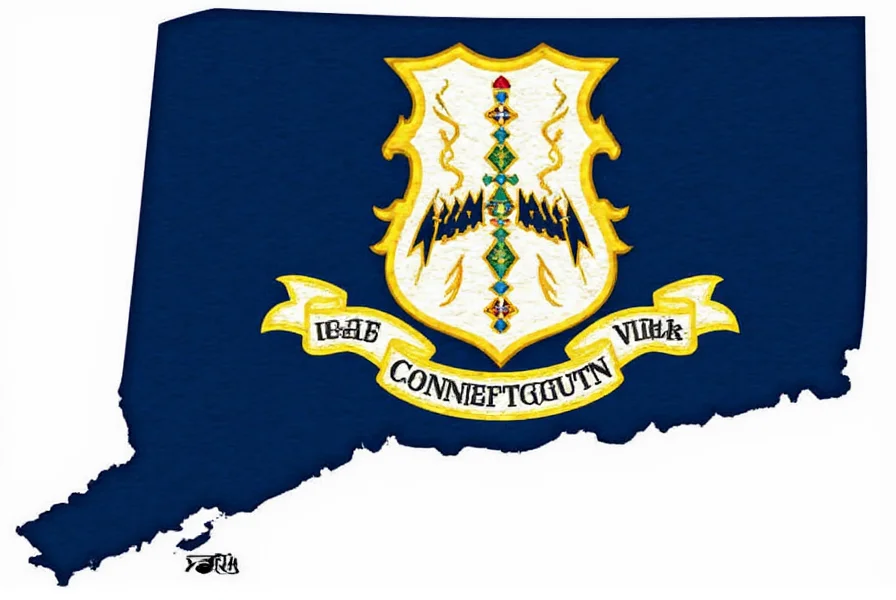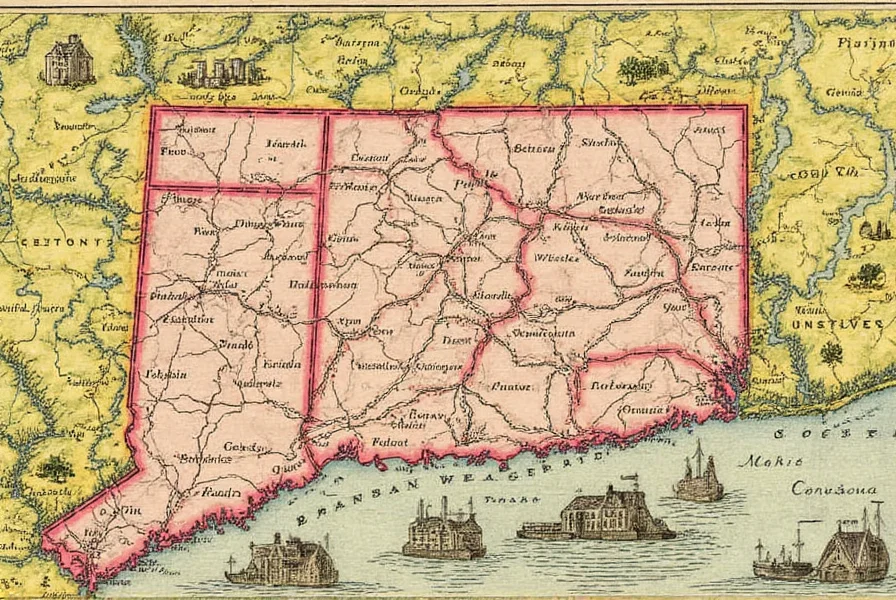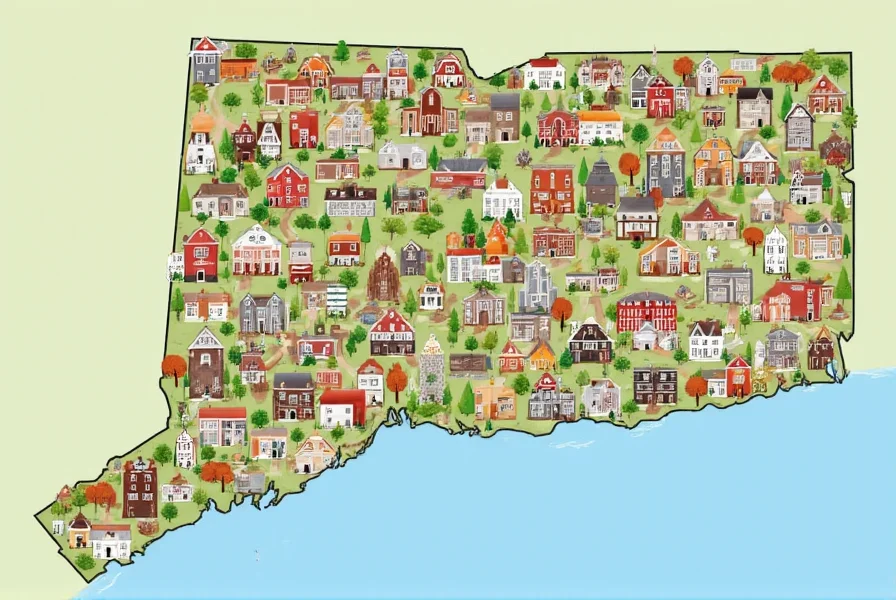When searching for “nutmeg state,” you’re looking for Connecticut—the New England state officially designated with this unique moniker. The nickname emerged during America’s formative years, capturing both the entrepreneurial spirit and occasional cunning of early Connecticut merchants. Historical records from the late 1700s through mid-1800s document how Connecticut traders, known as “Yankee peddlers,” traveled nationwide selling goods, including the prized spice nutmeg.
Historical Origins of Connecticut’s Nickname
Connecticut earned the “Nutmeg State” designation through a blend of commerce and folklore. During the early American republic, Connecticut merchants gained notoriety for their trading acumen. Historical accounts suggest some traders carried wooden nutmegs—carved to resemble the valuable spice—to demonstrate their product. In certain cases, unscrupulous sellers allegedly substituted these wooden replicas for genuine nutmeg when customers weren’t looking.
| Nickname | Adopted | Significance |
|---|---|---|
| Nutmeg State | 19th century | Reflects historical merchant reputation |
| Constitution State | 1959 | Honors 1639 Fundamental Orders document |
| Land of Steady Habits | 18th century | References Connecticut's stable government |
This practice, whether entirely factual or embellished over time, became emblematic of Connecticut’s resourceful but sometimes questionable business practices. The nickname “Nutmeg State” first appeared in print during the War of 1812 and gained widespread usage by the mid-1800s. Notably, Mark Twain referenced the term in his 1874 novel The Gilded Age, cementing its place in American vernacular.
Debunking Common Misconceptions
Many wonder why is Connecticut called the nutmeg state when nutmeg doesn’t grow there. The answer lies in trade history, not agriculture. Nutmeg originated in the Banda Islands of Indonesia, and Connecticut merchants participated in the global spice trade through New England’s maritime networks. The state never produced nutmeg commercially—the nickname references merchants’ dealings with the spice, not local cultivation.
Another frequent question concerns the origin of nutmeg state nickname. While the wooden nutmeg story dominates popular understanding, historians note Connecticut’s actual nutmeg trade was legitimate and substantial. The state’s reputation for shrewd bargaining likely contributed more to the nickname than actual deception. Connecticut merchants were known for getting the best possible deals, sometimes stretching the truth about their products’ quality or origin.

Cultural Significance Today
Modern Connecticut embraces the meaning behind nutmeg state as a symbol of ingenuity rather than deception. The University of Connecticut’s athletic teams are nicknamed the “Huskies,” but nutmeg imagery appears throughout state symbolism. Connecticut license plates have featured “Constitution State” since 1959, but the “Nutmeg State” remains culturally significant.
State historians emphasize Connecticut state nickname history reflects America’s commercial evolution. The nickname represents a time when small-state merchants competed nationally, developing reputations that shaped regional identities. Unlike agricultural nicknames (like “Orange State” for Florida), Connecticut’s designation highlights commercial history—a distinction that makes it unique among U.S. state monikers.

Other Connecticut Nicknames for Context
While “Nutmeg State” remains the most recognized informal designation, Connecticut holds multiple official and historical nicknames. The “Constitution State” officially recognizes Connecticut’s 1639 Fundamental Orders, considered America’s first written constitution. The lesser-known “Land of Steady Habits” references the state’s consistent political traditions since colonial times.
Understanding Connecticut historical nicknames provides deeper context for the “Nutmeg State” designation. Each nickname captures different facets of Connecticut’s identity—from governance traditions to commercial reputation. The persistence of “Nutmeg State” demonstrates how commercial history can shape regional identity more enduringly than political or agricultural associations.
Conclusion
Connecticut’s designation as the “Nutmeg State” represents a fascinating intersection of commerce, folklore, and regional identity. Far from indicating actual nutmeg production, the nickname memorializes Connecticut merchants’ historical role in America’s early trade networks. Whether referencing the alleged wooden nutmeg scams or the legitimate spice trade, the moniker endures as a distinctive marker of Connecticut’s place in American history.
Frequently Asked Questions
Why is Connecticut called the Nutmeg State?
Connecticut earned the “Nutmeg State” nickname during the 18th and 19th centuries due to its merchants' reputation in the nutmeg trade. Yankee peddlers from Connecticut traveled nationwide selling goods, including nutmeg. Some historical accounts suggest unscrupulous traders occasionally sold wooden replicas of nutmegs, though historians debate how widespread this practice actually was.
Does nutmeg actually grow in Connecticut?
No, nutmeg does not grow in Connecticut. The spice originates from the Banda Islands in Indonesia. Connecticut merchants participated in the global spice trade through New England's maritime networks, but the state never produced nutmeg commercially. The nickname references Connecticut's role in trading the spice, not local cultivation.
When did Connecticut officially become known as the Nutmeg State?
The nickname “Nutmeg State” first appeared in print during the War of 1812 and gained widespread usage by the mid-1800s. It was popularized in Mark Twain's 1874 novel “The Gilded Age.” Unlike “Constitution State” (adopted officially in 1959), “Nutmeg State” developed organically through historical usage rather than formal designation.
What other nicknames does Connecticut have?
Connecticut has several other notable nicknames including “Constitution State” (officially adopted in 1959, referencing the 1639 Fundamental Orders), and “Land of Steady Habits” (dating to the 18th century, referring to Connecticut's stable government traditions). The “Provisions State” was also used during the Revolutionary War for Connecticut's role in supplying food to George Washington's army.
Is the Nutmeg State nickname considered positive or negative?
Originally, the nickname carried mixed connotations—referencing both Connecticut merchants' shrewd business practices and potential deception (like selling wooden nutmegs). Today, Connecticut embraces the nickname positively as a symbol of ingenuity and historical significance. State institutions and tourism materials frequently use nutmeg imagery to celebrate Connecticut's unique heritage.











 浙公网安备
33010002000092号
浙公网安备
33010002000092号 浙B2-20120091-4
浙B2-20120091-4